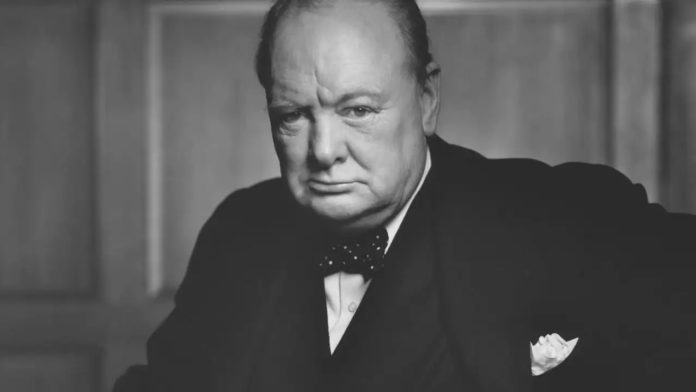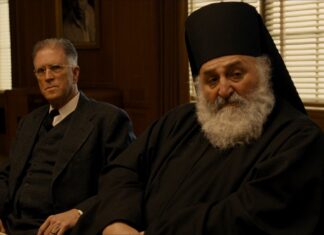By Livia Albeck-Ripka and McKenna Oxenden
OTTAWA, Canada (New York Times) — It is among the most famous photographic images of a statesman. Winston Churchill, the British prime minister, glowers, hand on hip. For decades, an original signed print of the image has hung on a wall in a landmark hotel in Ottawa.
But on Friday, August 19, an employee noticed that something was off with the photograph, shot by the renowned portraitist Yousuf Karsh.
The frame was askew. It did not match the others on the wall.
When the hotel, the Fairmont Château Laurier, called Jerry Fielder, the director of Mr. Karsh’s estate, he thought there was “no chance” that the picture could have been replaced by a copy.
Then they sent him a close-up picture of what was supposed to be Mr. Karsh’s signature. “I was stunned,” Mr. Fielder said, noting that it had been forged. “This was a heist.”









